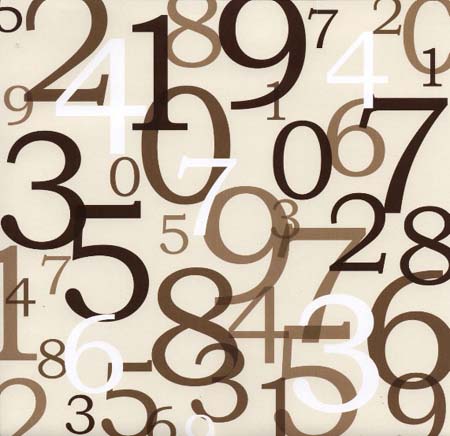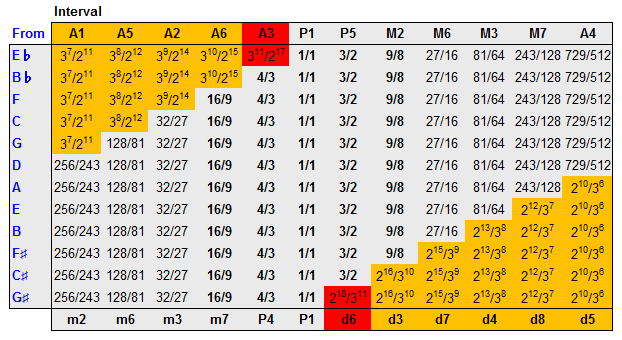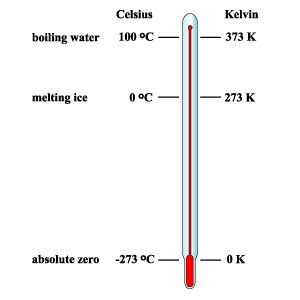Difference between Interval and Ratio

Interval scale and ratio scale are two different scales of measurements. They are used to describe the attributes of something in a quantitative manner. This concept was first introduced to the world by Stanley Smith Stevens, back in 1946. He went on to categorize all measurements into four categories, nominal, ordinal, interval, and ratio. The first two are qualitative measurements, while the other two are quantitative measurements.
The difference between the two is rather easy to understand and figure out.
A measurement scale is a scale that has no absolute zero, instead it has an arbitrary point, or a point which has been defined to be the reference point. This point is often considered to be the interval scale. The zero on this scale does not represent an absolute zero, instead it represents a point which you have labelled to be a zero.
However, should a measurement scale happen to have a true zero, then it is considered to be a ratio scale.
In interval scales, multiplication and divisions hold no true meaning, and statistical parameters which involve multiplication and/or division are regarded to be meaningless.
However, in ratio scales, multiplication and division can be done easily, while statistical parameters which involve multiplication and division can also be considered to be useful.
Instructions
-
1
Interval Scale
All quantitative figures/attributes can go on and be measured on an interval scale. Measurements which lay in this category can be counted, ranked, added and subtracted. However, sometimes it makes no sense to take ratios between two measurements.
The zero point in an interval scale is regarded to be arbitrary, and the negative values on this scale are also defined. Most of the time, measurements on this scale carry units.
However, the one thing which cannot be done on this scale, is that you can multiply and divide directly, but instead you have to carry out a transformation first.
Image Courtesy: wikimedia.org

-
2
Ratio Scale
Any interval scale that has a true zero point on it, can be regarded to be a ratio scale. The measurements in this category can also be counted, ranked, added or subtracted. However, these values can also be multiplied and divided.
This scale is used commonly by physical scientists and engineers. A very common example of ratio scale is the Kelvin scale, which has an absolute zero point on it.
Image Courtesy: sixsigmatrainingconsulting.com








